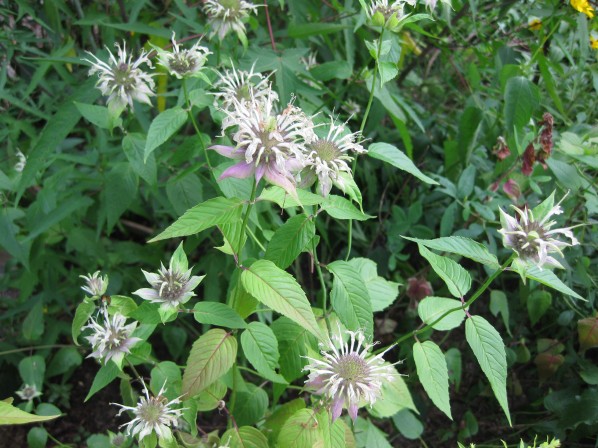First, he received his first acupuncture treatment this morning and he loved it - much licking and chewing and then eyes closing as he went into the zen zone, plus much giving of thanks to his vet and to me after she left. I’m happy we have an additional supportive therapy to plug into his repertoire.
The vet did her own pre-acupuncture exam and today he is weak on the right (vs the left on Friday) and she feels he has slight lameness going on in the left rear. But she trotted him out and there was no wobbling at all, so that was good for me to see, even if it did scare me a little.
He scanned well after the acupuncture and he’s already set to get another treatment in two weeks.
As this vet drove off the farm, I got the message from his other vet that the EPM test came back positive. He’ll start the treatment for that ASAP.
I’m relieved to have a definitive diagnosis, and happy his two vets will confer and put everything together to get the best treatment plan possible as we move forward. He’s in good spirits, enjoying the attention, and mostly looks better than he did last week. He’s got chiro and hoof trim coming up so basically everything should be in good shape for him as we get rid of the protozoa!









